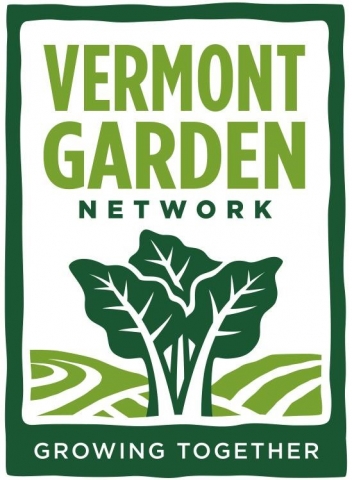At this time of year, neighbors might ask if the garden has been put to bed. It’s understandable, with more and more beds piled with leaves, tucked in for the winter. Still, there’s delicious food to harvest.
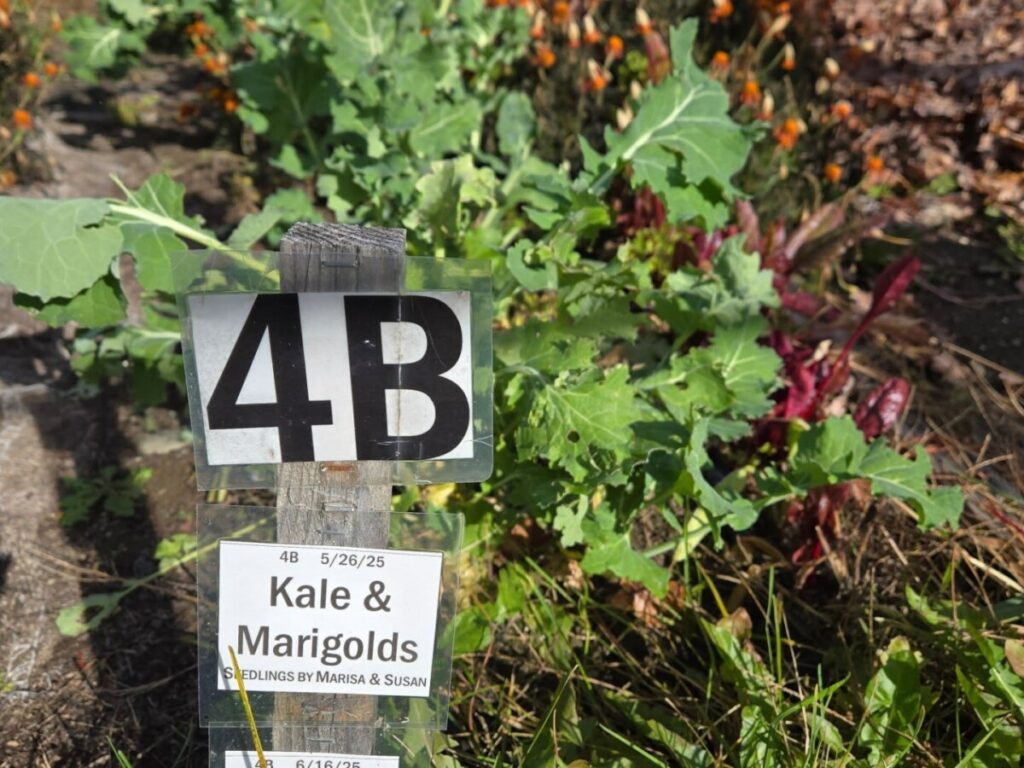
A kiss of frost improves the taste of some crops. Kale and other brassica taste sweeter after frost, and they’re cold hardy. Gardeners have harvested kale in the snow well into December!
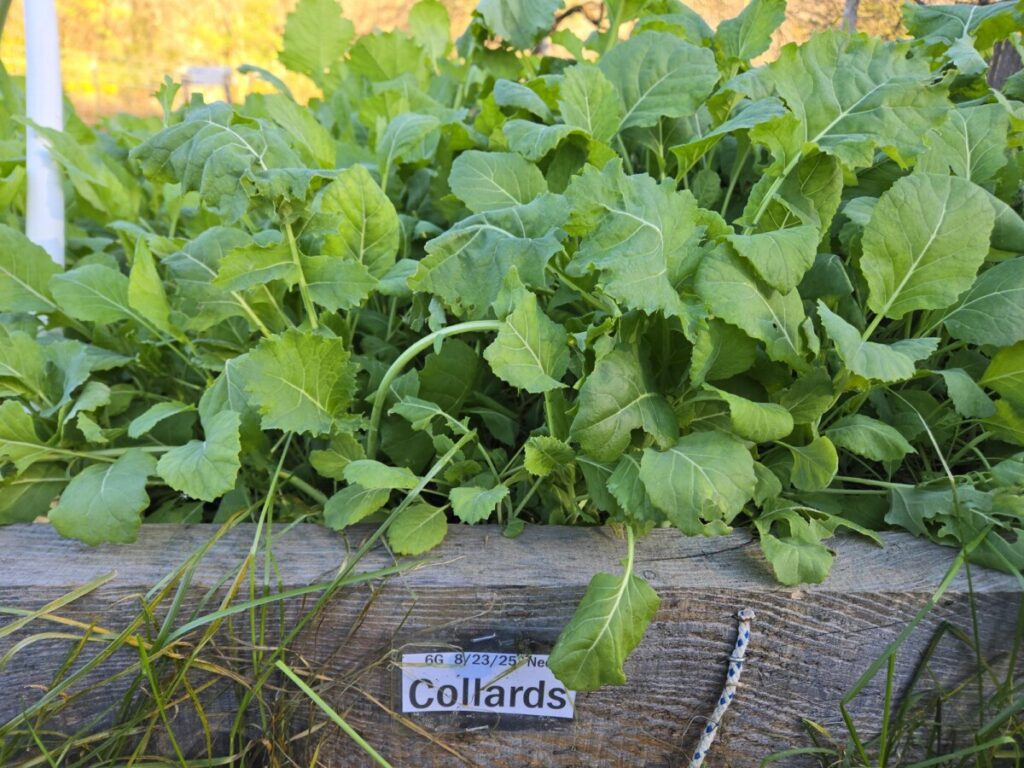
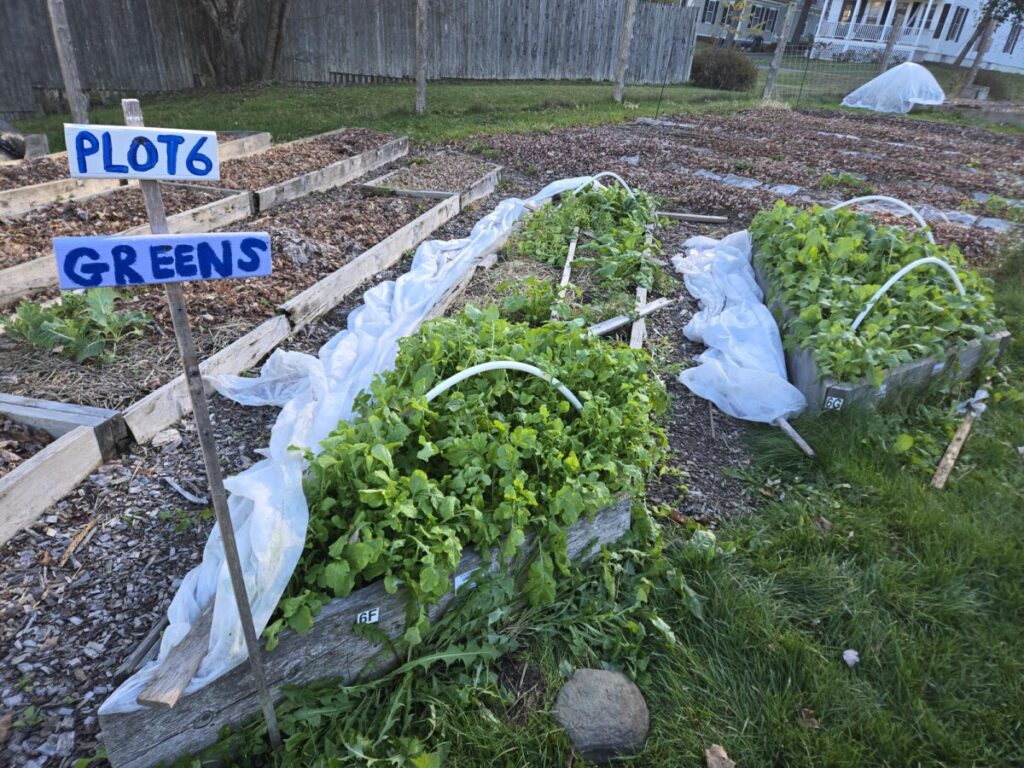
Floating row cover protects young collards and a box of mixed greens against harsh frost while retaining moisture. The greens mix is bursting with arugula, chard, kale, mustards, lettuce, and spinach. They can handle cold but not heavy frosts.
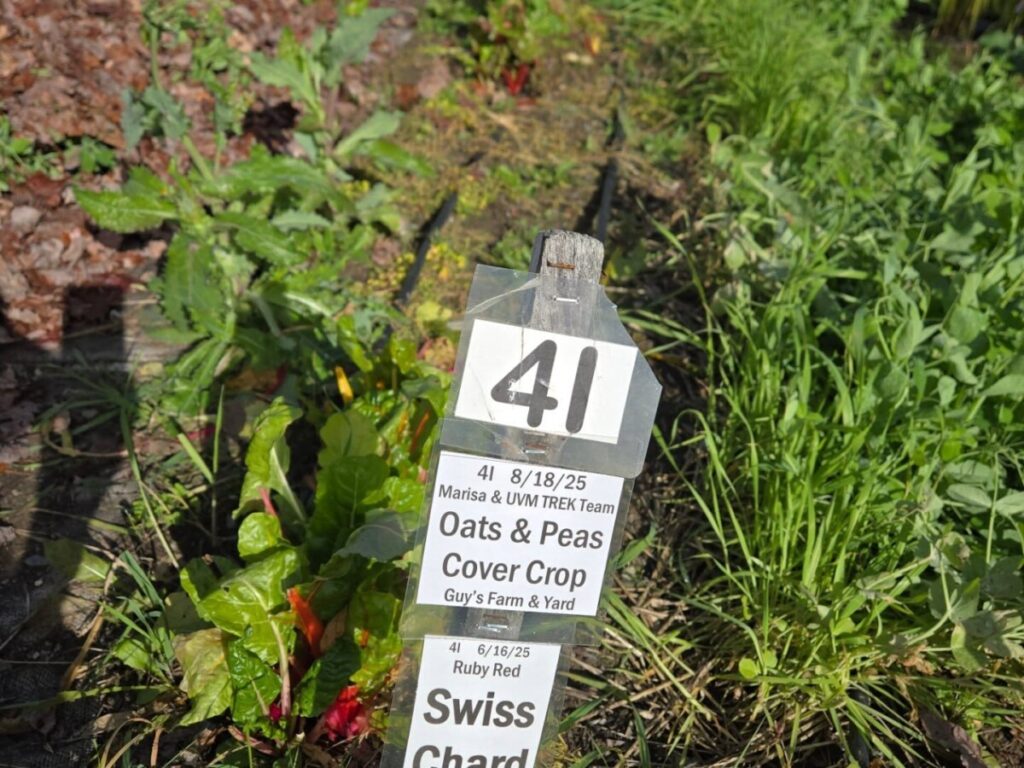
This chard has no floating cover, so gardeners will continue harvesting and enjoying it until it’s gone or no longer edible.
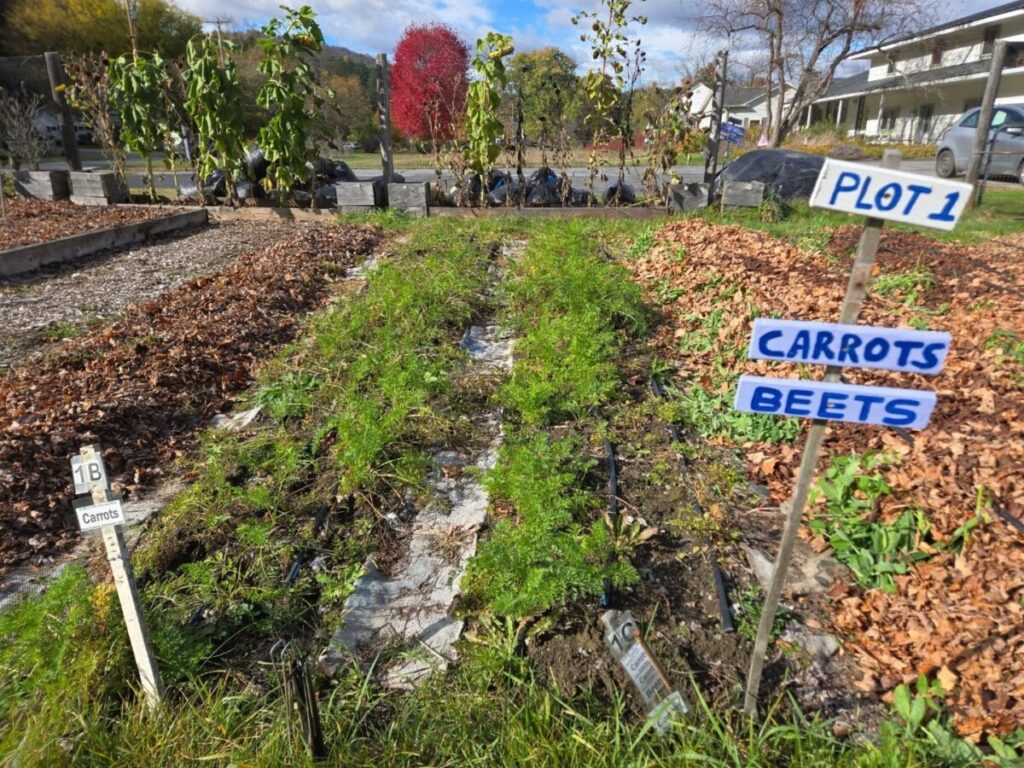
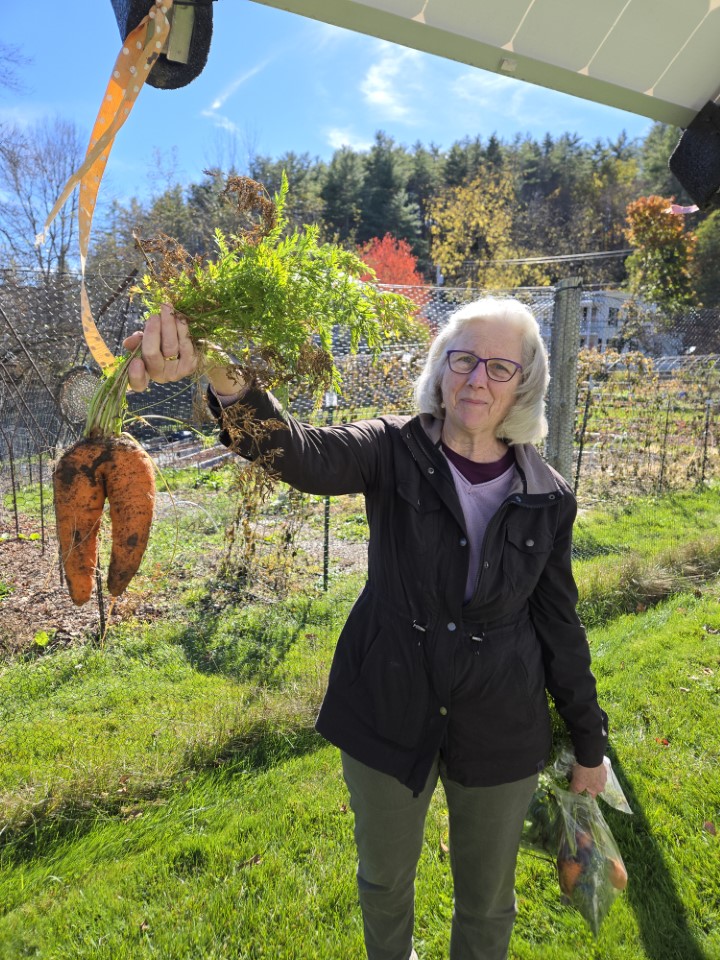
Frost-sweetened carrots will be munched with joy until they’re gone or until the ground begins to freeze, whichever comes first.
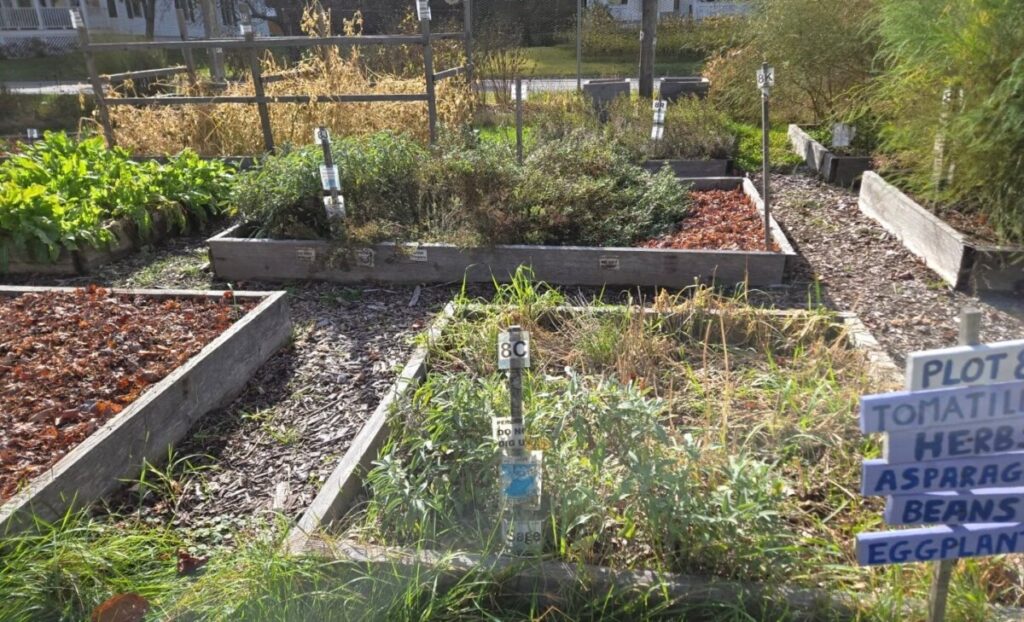
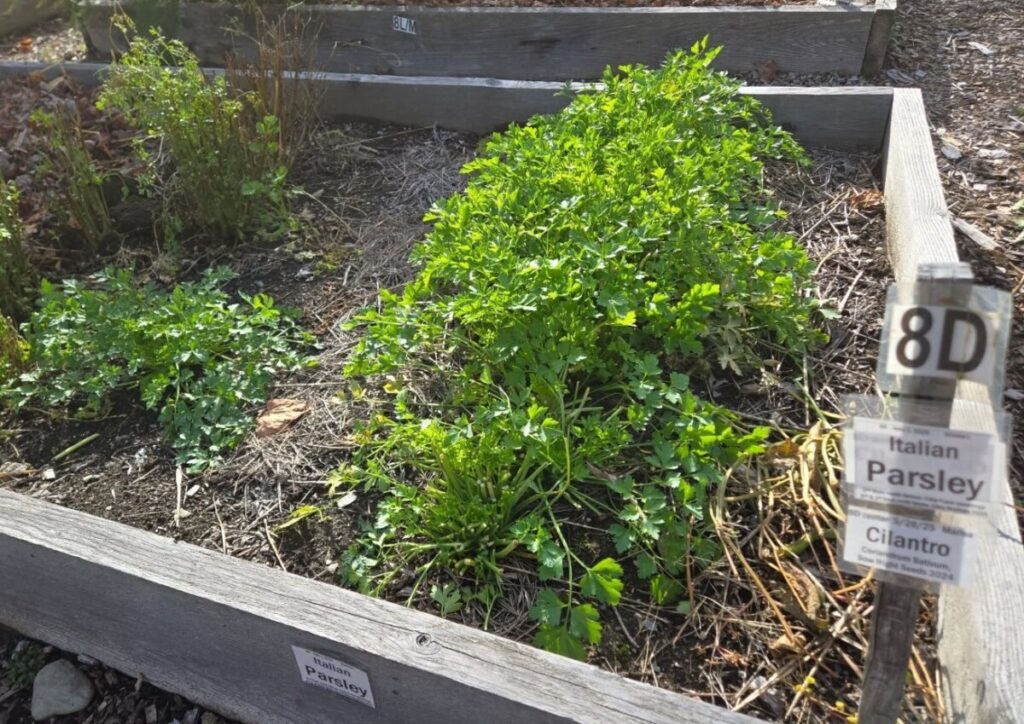
Herbs still available include cilantro, French sorrel, parsley, oregano, sage, tarragon, and thyme. We’ll replant annuals next season, including basil, cilantro, dill, and parsley. The oregano, sage, and thyme are perennials, so we’ll cut them back as the leaves die off, and look forward to seeing them again next spring.
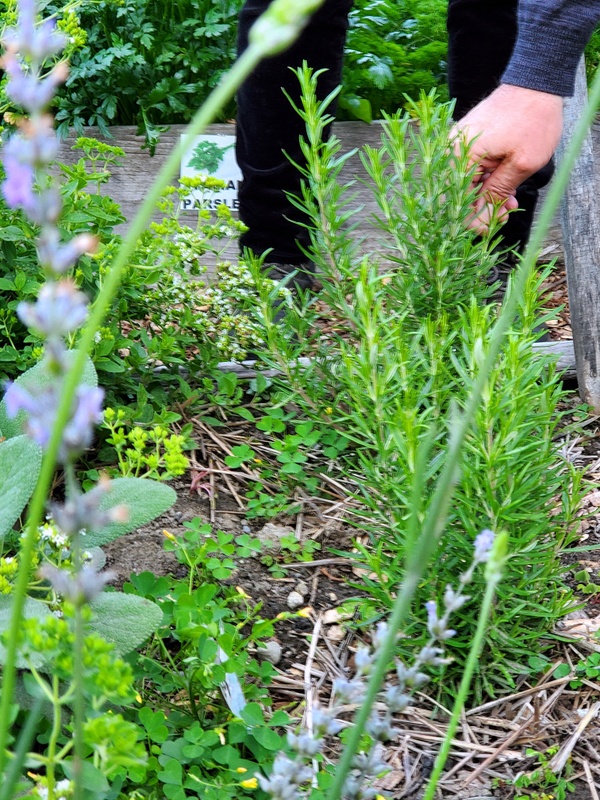
Here’s a breath of fresh herbs from much earlier in the growing season. Rosemary (right) is a Mediterranean herb, not suited to Central Vermont. Every fall, before the first frost, the rosemary plant is gently potted. It goes home with a gardener who tends and harvests it all winter. If the plant survives the winter, the gardener transplants it back into the garden the following spring after frosts are history.

